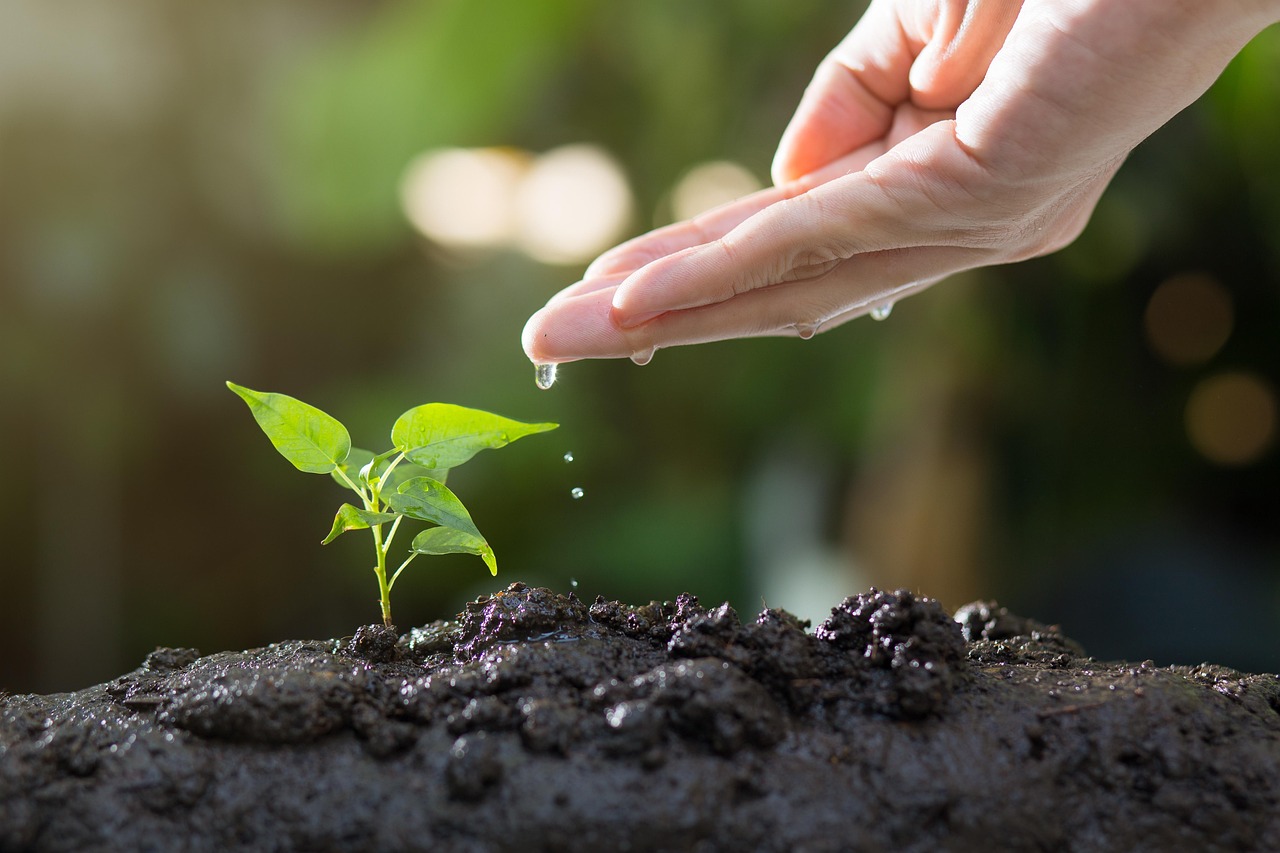Reimagining the Role of Urban Green Spaces in Society
From the landscaped gardens of the ancient Persians to the sprawling parks of the Victorian era, green spaces have always held a special place in urban societies. Historically, they were often reserved for the elite, but over time, they evolved into democratic spaces where people from all walks of life could gather, play, and relax. However, their importance in today's society extends far beyond leisure. They play a crucial role in improving mental health, fostering community cohesion, and mitigating the effects of urban heat islands.

Current Trends and Cultural Shifts in Urban Green Spaces
Today, there’s a growing recognition of the value of green spaces. More and more cities are investing in creating and maintaining parks, community gardens, and other green spots. The ‘parklet’ movement, where parking spaces are transformed into tiny parks, is gaining momentum in bustling cities like San Francisco and New York. Moreover, urban farming is making a comeback, with residents turning to rooftop gardens and allotments to grow their own food.
The Significance of Urban Green Spaces in Shaping Modern Society
Urban green spaces are not just aesthetically pleasing; they influence how we live, work, and interact. They provide a sanctuary from the noise and stress of city life, offer opportunities for recreation and exercise, and serve as a venue for community events. Furthermore, they contribute to biodiversity, improve air quality, and help combat climate change.
Research-Backed Insights into Urban Green Spaces
Multiple studies corroborate the numerous benefits of urban green spaces. Research has shown that access to greenery can reduce stress levels, improve mood, and even boost cognitive function. Another study found that green spaces can foster social interactions and community cohesion. In terms of environmental impact, urban parks play a significant role in carbon sequestration, water management, and providing habitat for wildlife.
Balancing Depth and Accessibility: Making Urban Green Spaces Work for Everyone
While urban green spaces offer numerous benefits, it’s crucial to ensure that they are inclusive and accessible to everyone, regardless of age, ability, or socio-economic status. This requires thoughtful planning and design, as well as regular maintenance and community involvement. In conclusion, urban green spaces are an invaluable asset to modern society. As we continue to urbanize, we must ensure that these spaces are preserved and enhanced for the well-being of both people and the planet.




